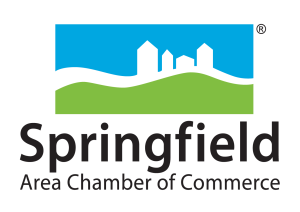Sebaceous hyperplasia is a common benign growth that forms when a sebaceous gland (which secretes sebum, an oily substance that moisturizes and protects your skin) becomes enlarged and clogged. It can be either soft or firm and is typically white with a yellowish outer rim and a depressed center. A depressed center on the growth is the primary way to determine if a lesion is a sebaceous hyperplasia. These bumps can be clustered together or spaced apart. They are most commonly found on the forehead and/or the central part of the face but can appear anywhere on the body that has oil glands.
Causes & Risk Factors
Newborns, middle-aged adults, seniors, and fair-skinned individuals are most likely to suffer from the condition. It is thought to be a hereditary affliction, so if your parents, siblings, or other family members have sebaceous hyperplasia, understand that you may have inherited it as well.
Sebaceous hyperplasia tends to become more prominent as a person ages, with many people noticing an occurrence between the ages of 40 and 60. Sometimes the bumps are mistaken for another skin condition, such as basal cell carcinoma (a type of skin cancer), so it is best to have them evaluated by a dermatologist before moving forward with any treatments. This is especially important if the lesion dramatically changes in appearance, itches, bleeds, or becomes larger.
Although the condition is harmless and does not require treatment, sebaceous hyperplasia can be bothersome, irritating, and embarrassing, and individuals with an outbreak may desire to have the growths removed.
Sebaceous Hyperplasia Treatment
Sebaceous hyperplasia cannot be cured – only controlled. Growths can be reduced or removed, but affected oil glands are likely to form new bumps if your treatment program isn’t maintained. Every case is different, so you should consult with a trained skincare professional to learn about the specific options available to you. DermaHealth proudly offers topical products and radio-frequency treatments to help individuals reduce and manage a sebaceous hyperplasia outbreak.
Topical Products
Sebaceous hyperplasia can be treated using noninvasive methods. Facial peels that contain salicylic acid and topical skincare products can reduce the size and prominence of the lesions. In addition, you may wish to begin using a retinol product. These topical creams and gels help promote healthy skin by controlling the growth of cells, preventing clogged pores, and reducing inflammation. After your treatment, a retinol product can help you maintain your skin’s health and reduce the appearance of sebaceous hyperplasia.
Radio-Frequency Treatments
Radio-frequency treatments often prove successful in the removal of sebaceous hyperplasia lesions. At DermaHealth, we use an Ellman RF machine to break down and quickly remove the skin abnormalities. Radio waves penetrate the skin to remove or reshape the lesions. The procedure is quick and virtually painless, and scarring and discoloration are unlikely. Although your skin may feel tender or bruised following the treatment, these side effects will fade away.
For more information and to see if you are a candidate for our sebaceous hyperplasia treatments, schedule a complimentary consultation with DermaHealth today.






